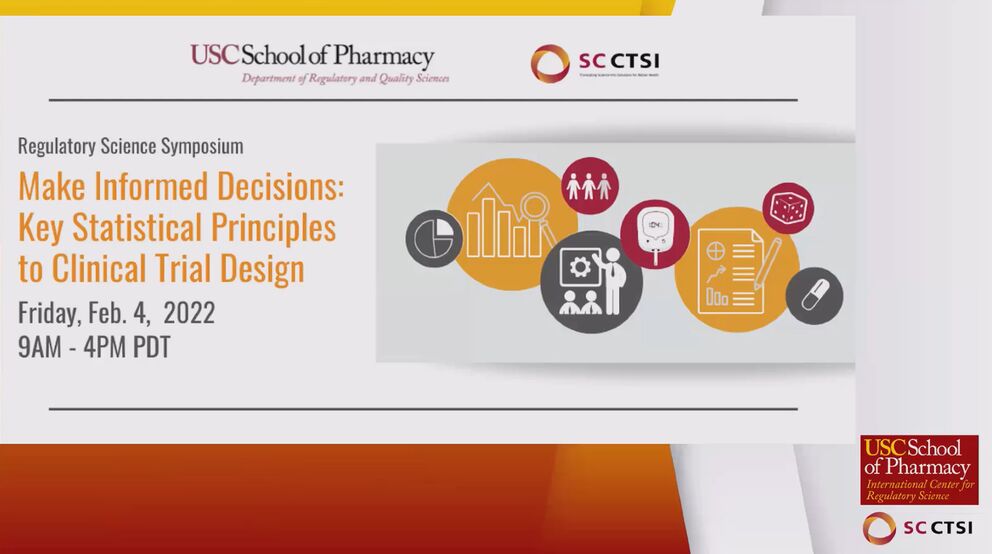- Pediatric Trials are Hard, so Why Do Them?
- Pediatric Research Equity Act (PREA) requires mandatory studies initiated by application for new dosing, route, API, or indication
- Waiver/Partial Waiver can be submitted with appropriate justification
- Under Best Pharmaceuticals for Children Act (BPCA), FDA can grant a product with additional product exclusivity if voluntary pediatric studies are conducted
- Pediatric Research Equity Act (PREA) requires mandatory studies initiated by application for new dosing, route, API, or indication
- Who are “Children”?
- According to CFR, children are those who cannot consent to treatments/procedures involved in research
- Recruitment
- Different levels of protections apply to different groups of children: neonates, children, older children
- All subject to extra protections
- Neonates (day of birth/day 0 to 28th day post-birth)
- Viable
- Nonviable – expected to expire
- Uncertain Viability
- Must the child consent?
- Normally, they cannot. Might be able to assent
- Can the parents consent?
- No, they cannot either.
- It is actually called parental permission where parents/guardians allow child or ward to participate in research
- Both parents might have permit if research is greater than minimal risk with a prospect of direct benefit
- Must the child assent?
- Depends on the study
- Yes, unless they are too limited to assent i.e., neonate, cognitive ability, and parent can override child if there is a benefit avalible when informed consent for an adult would be waived
- Assent is a child’s affirmative agreement to participate in research
- How do logistics and recruitment bias data?
- Do I recruit across IRB-imposed age thresholds?
- Consenting vs Assenting vs Permission yields different cohorts
- Will I have greater data loss at different time points and is it a confound?
- Children can age out of your study
- Children can have progressive intellectual disability
- How are the dates and times of study activities biasing data?
- Parents might be aware during the day versus the end of a workday
- Children might behave differently while at school vs. out of school i.e., vacation
- Is an adult leaving work a different burden than their child missing school?
- Yes i.e., homework, note to school, extracurricular activities
- Biases from adults differ from biases from children
- Do parents accept different benefits/risks for themselves vs their children?
- Parents are less inclined to allow their children to participate in research because stigma and fears of endangering children/unknown
- Do I recruit across IRB-imposed age thresholds?
- Caffeine
- Lowers apnea, hypoxemia, mechanical ventilation, and heart defects
- Post-natal age (days from birth) as well as Breast fed vs. formula fed affects caffeine metabolism differently
- Takeaway: Aspects of development can affect study design!
- Post Menstrual Age (PMA)
- Not everyone has an accurate PMA, which causes more variance in the data
- Homoscedasticity: uneven variance among research participants i.e., race, ethnicity, age of the mothers, which can cause bias in the study
- Digit preference can cause age data to not be distributed continuously, affecting statistics
- Demographics of Mothers i.e., race, education, and age affect breastfeeding behaviors
- Best predictor becomes women’s confidence in continuing to try breastfeeding
- This was a hidden (latent) factor!
- Studying Caffeine for Newborns
- Age Range i.e., marketing, PK/PD, variable accuracy, variance, chronological vs. developmental
- For device trials, it is important to consider when to remove implants since implants do not grow with children
- Moderating Effects i.e., demographics
- Mediating Effects i.e., physiology
- Latent Factor i.e., maternal confidence
- Latent factors can be difficult to address because often, they are unknown
- Recruitment and Allocation Strategy (what attributes to control?)
- Age Range i.e., marketing, PK/PD, variable accuracy, variance, chronological vs. developmental
- Are my outcomes measurable in this child?
- Some measurements can only occur when children are young vs. older due to physiological and behavioral changes
- Lab work i.e., limited blood volume for younger children
- Questionnaires can be separated into the following categories: cognition, behavior, and pain
- What Else is Changing?
- Cardiopulmonary
- Skeletal
- Hormones
- Environmental i.e., changing schools and developmental milestones such as puberty
- Takeaway: Your data are complex, and your intuition is wrong.
Regulatory Science Virtual Symposium: “Make Informed Decisions: Key Statistical Principles to Clinical Trial Design” Session 4: Pediatric Trials (2022)
Research & Study Design
Regulatory & Quality Sciences
Course Syllabus/Topics
Acknowledgement
Accompanying text created by Annie Ly | RKS Project Administrator, SC CTSI lyannie@usc.edu

